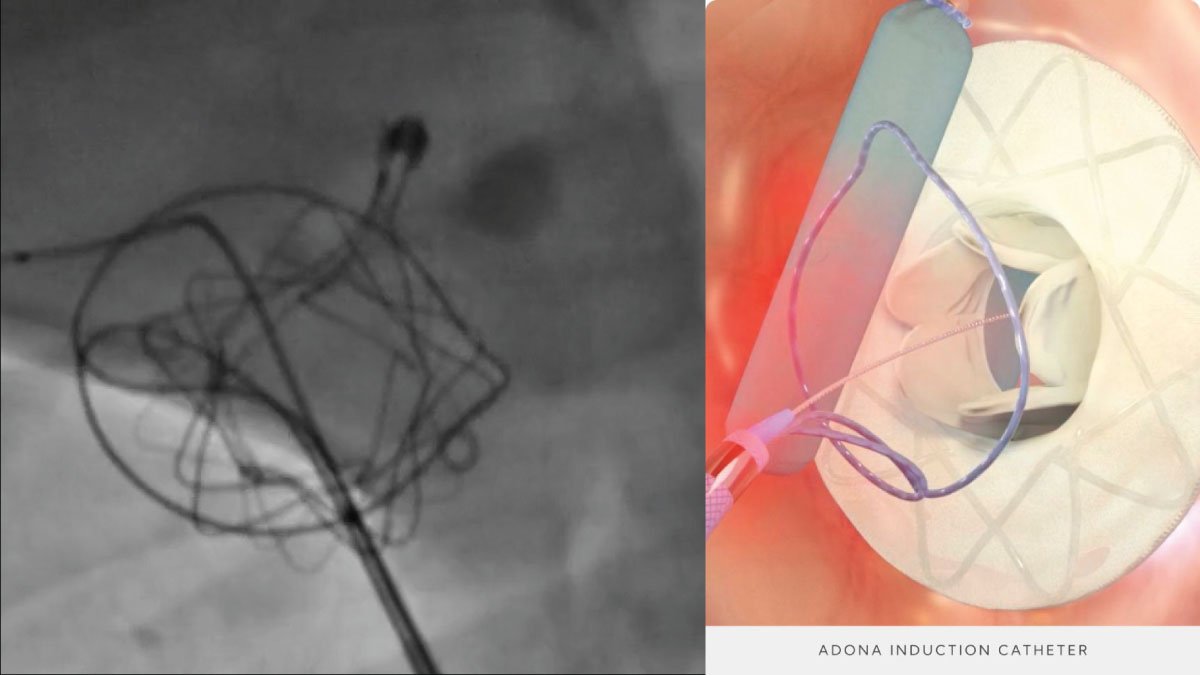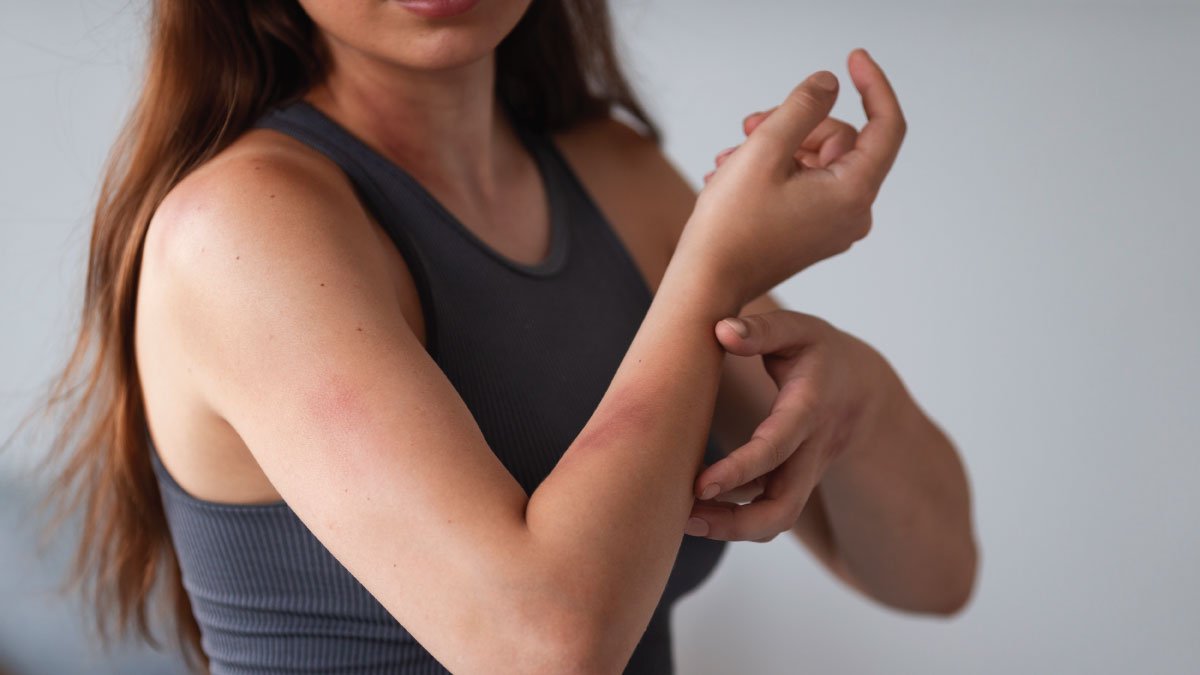Nerves of the Upper Extremity: Understanding the Basics

The nerves of the upper extremity play a vital role in sensory perception and motor control, enabling various movements and functions necessary for daily activities. These nerves originate in the brachial plexus, which is a network of nerves formed by the anterior membrane of the lower cervical and upper thoracic spinal nerves (C5-T1). Understanding the anatomy and function of these nerves is important for anyone studying human biology, especially beginners.
Brachial plexus: Nerve Center
The brachial plexus is the main source of innervation of the upper limb. It is divided into roots, trunks, parts, cords and branches. Each part of the brachial plexus participates in a complex network that provides the motor and sensory functions of the arm, forearm and hand.
- Roots: Roots are formed from the anterior part of spinal nerves C5-T1.
- Trunks: These roots join into three trunks: superior (C5-C6), middle (C7) and inferior (C8-T1).
- Sections: Each body is divided into front and back.
- Cords: The divisions are regrouped into three cords named according to their location in relation to the axillary artery: lateral, medial and posterior.
Major Nerves of the Upper Extremity
The major nerves arising from the brachial plexus include the musculocutaneous, axillary, radial, median, and ulnar nerves. Each nerve has a specific role in the function and sensitivity of the upper limb.
Musculocutaneous Nerves
The musculocutaneous nerve arises from the lateral root of the brachial plexus. It innervates the front muscles of the arm, including the brachial and brachii. This nerve is primarily responsible for elbow flexion and forearm supination.
Axillary Nerves
The axillary nerve originates from the posterior ligament and innervates the deltoid and minor muscles. It provides motor function to these muscles, enabling the abduction of the arm at the shoulder. It also gives sensation to the skin that covers the deltoid area.
Radial Nerves of the Upper Extremity
The radial nerve is one of the largest nerves in the upper limbs and emerges from the posterior cord. It innervates the triceps brachii and the extensor muscles of the forearm, allowing extension of the elbow, wrist and fingers. The sensory branches of the radial nerve provide sensation to the back hand and forearm.
Median Nerves
The median nerve arises from both the lateral and median cords. It innervates most muscles of the forearm and some of the intrinsic muscles of the hand, facilitating wrist and finger flexion. It also provides sensation to the palm of the thumb, the medial and lateral sides of the index fingers.
Ulnar Nerves
The ulnar nerve originates from the medial cord. It innervates the internal muscles of the hand, which are not innervated by the median nerve, as well as the flexors of the forearm and the medial side of the flexor digitorum profundus. It allows flexion of the fingers and wrists and provides sensation to the skin of the medial hand and fingers.
Clinical Significance Nerves of the Upper Extremity
Understanding these neural pathways is critical to the diagnosis and treatment of upper extremity injuries. For example, damage to the radial nerve can cause “drop wrist,” a condition characterized by the inability to extend the wrist and fingers. Similarly, damage to the median nerve can cause a “monkey hand deformity” that affects thumb opposition.
Conclusion
Upper extremity nerves, originating mainly from the upper arm, are important for sensory and motor functions of the arm, forearm and hand. A thorough understanding of these nerves, including their pathways and functions, is important to anyone interested in the anatomy and physiology of the human body.




















